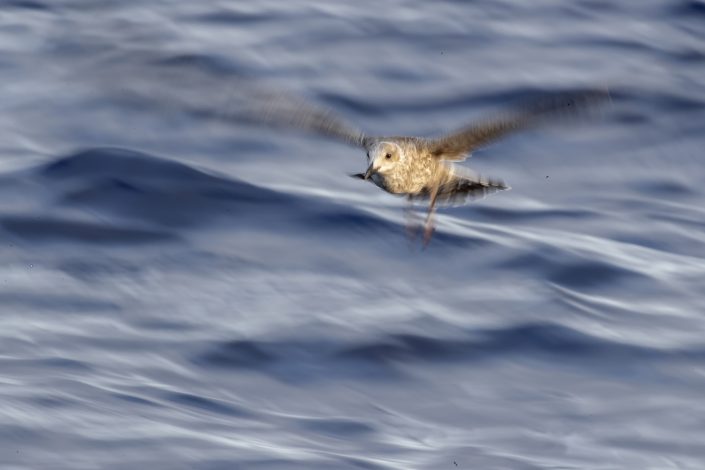This post is also available in: Swedish
Yellow-legged gull – Larus michahellis
Yellow-legged gull – Larus michahellis
Yellow-legged gull sometimes referred to as western yellow-legged gull (to distinguish it from eastern populations of yellow-legged large white-headed gulls), is a large gull of Europe, the Middle East and North Africa, which has only recently achieved wide recognition as a distinct species. It was formerly treated as a subspecies of either the Caspian gull L. cachinnans, or more broadly as a subspecies of the herring gull L. argentatus. The genus name is from Latin Larus which appears to have referred to a gull or other large seabird, and the species name honours the German zoologist Karl Michahelles.
The yellow-legged gull is a large gull, though the size does vary, with the smallest females being scarcely larger than a common gull and the largest males being roughly the size of a great black-backed gull. They range in length from 52 to 68 cm (20 to 27 in) in total length, from 120 to 155 cm (47 to 61 in) in wingspan and from 550 to 1,600 g (1.21 to 3.53 lb) in weight. Among standard measurements, the wing chord is 40.8 to 47.2 cm (16.1 to 18.6 in), the bill is 4.6 to 6 cm (1.8 to 2.4 in) and the tarsus is 5.6 to 7.5 cm (2.2 to 3.0 in). Adults are externally similar to herring gulls but have yellow legs. They have a grey back, slightly darker than herring gulls but lighter than lesser black-backed gulls. They are much whiter-headed in autumn, and have more extensively black wing tips with few white spots, just as lesser black-backed. They have a red spot on the bill as adults, like the entire complex. There is a red ring around the eye like in the lesser black-backed gull but unlike in the herring gull which has a dark yellow ring.
It sounds like this
Recording by José Carlos Sires from Xeno canto










